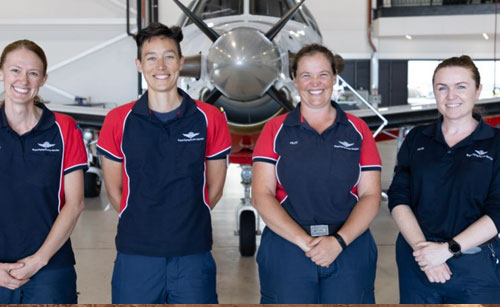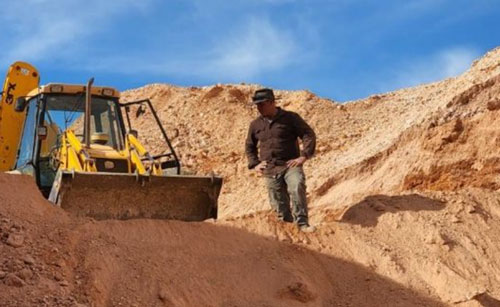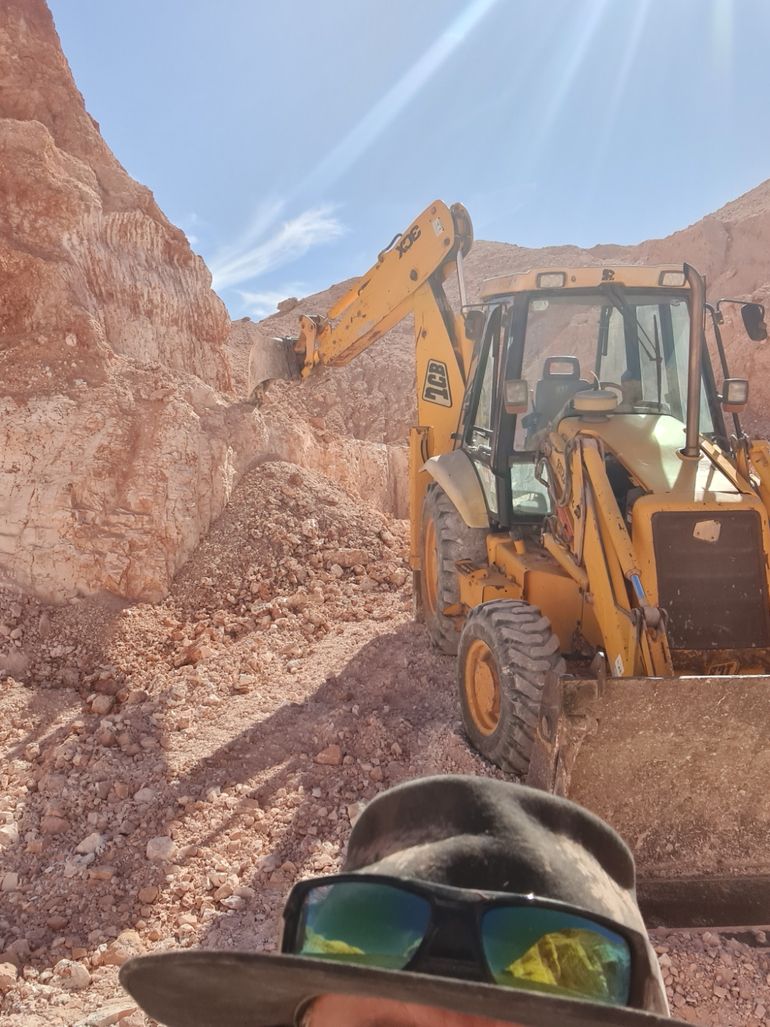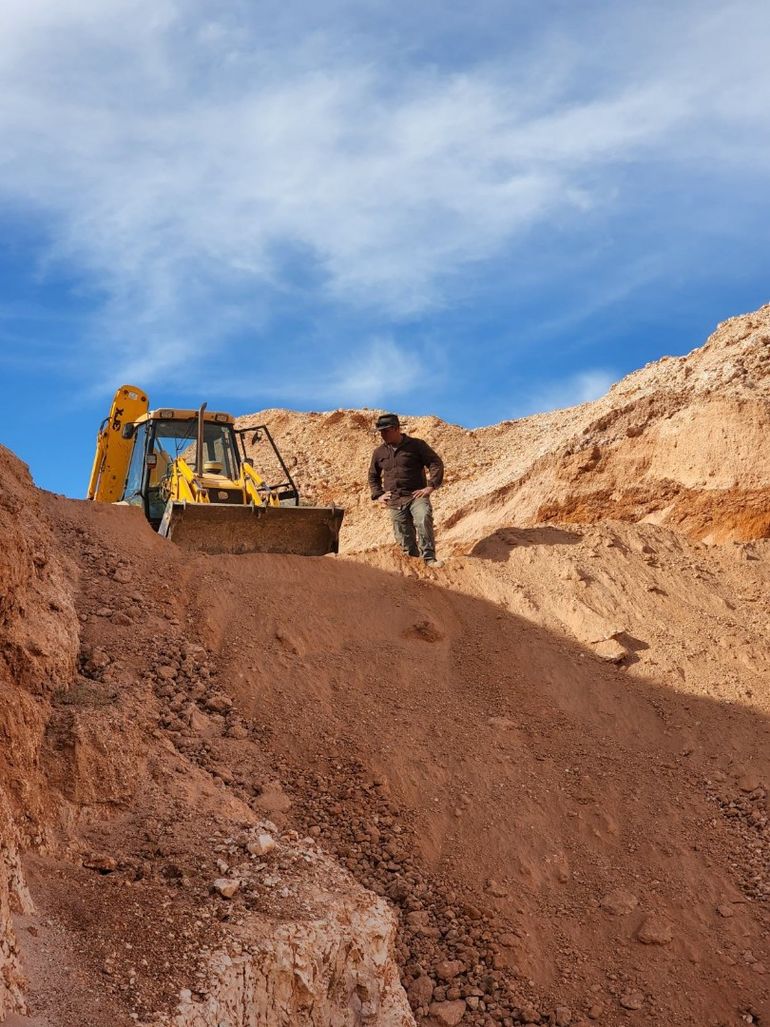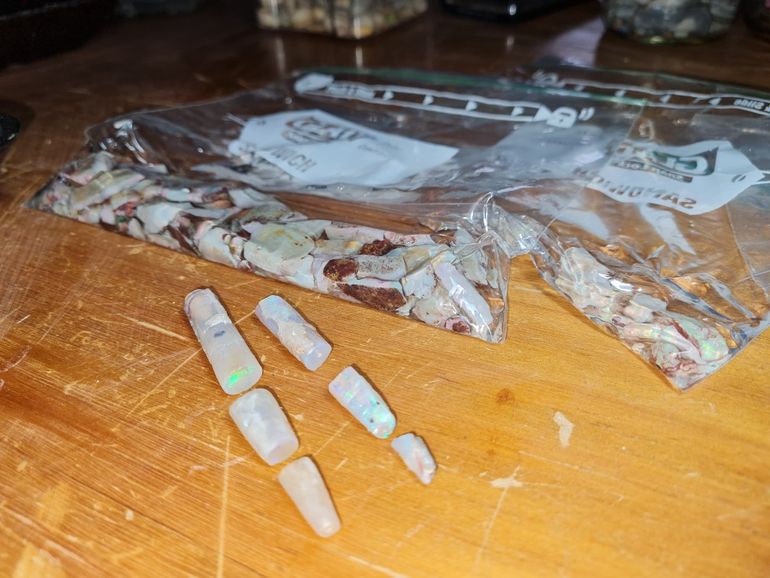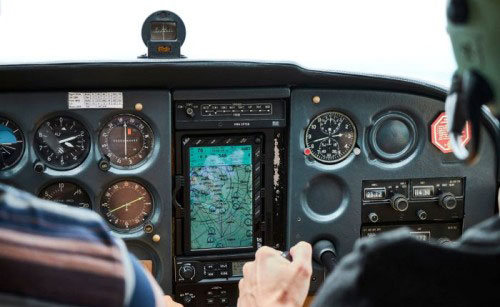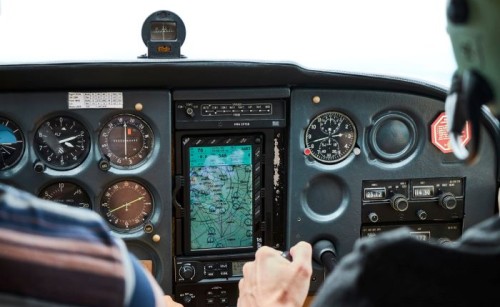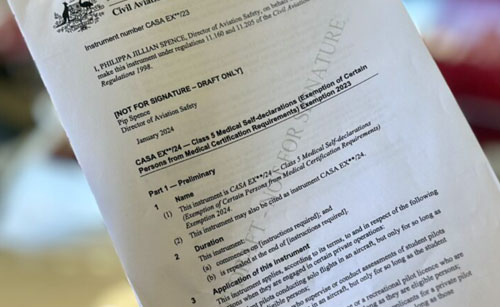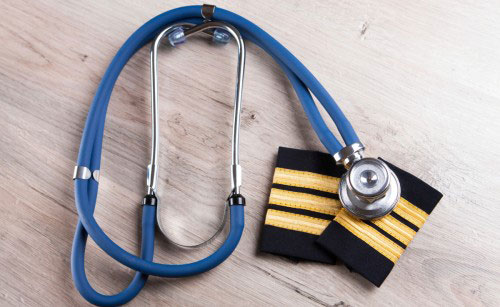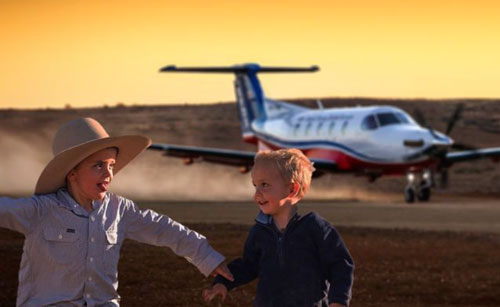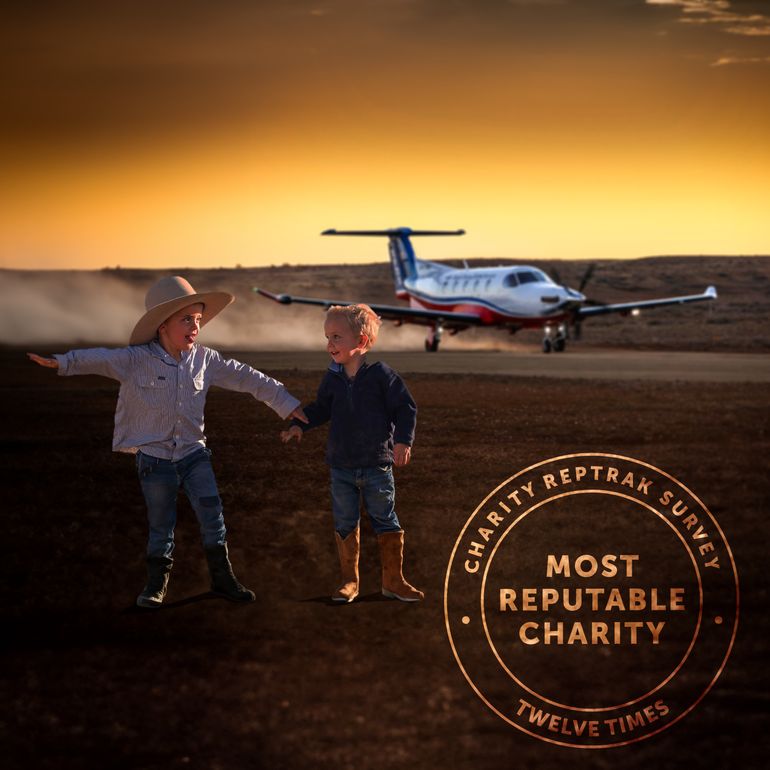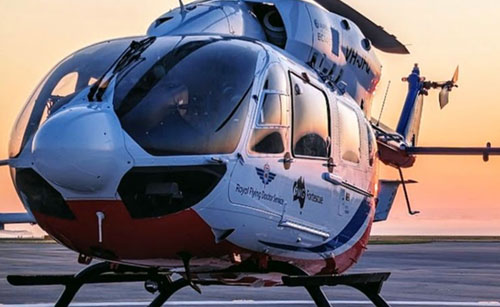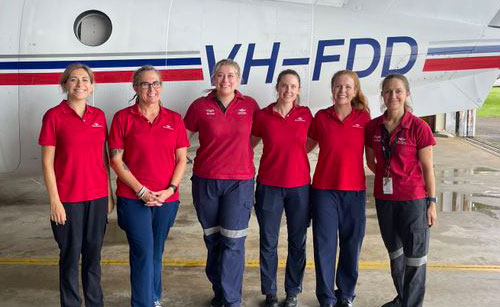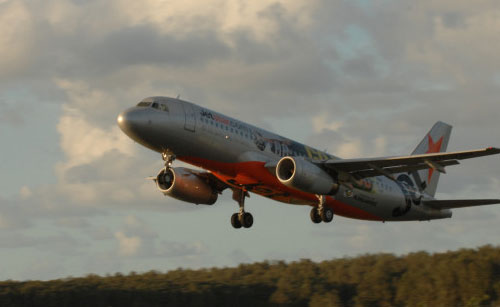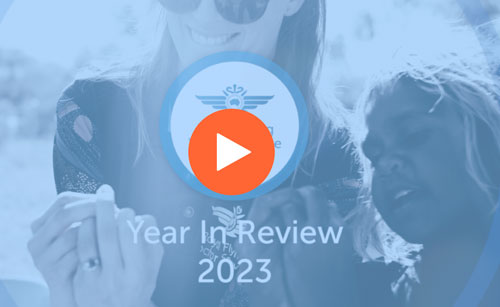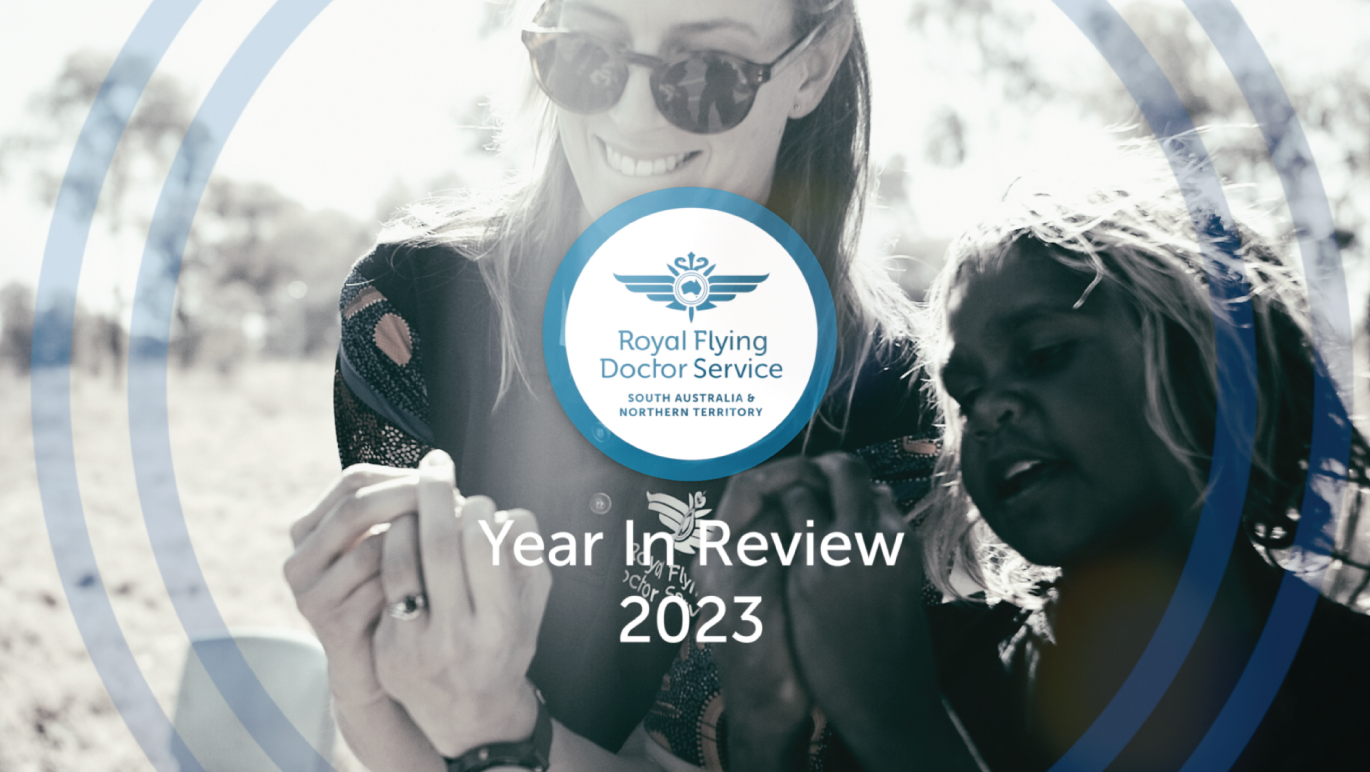Article supplied by RFDS Every March, Women of Aviation Worldwide Week is held in recognition of French Aviator Raymonde de Laroche becoming the first woman to be issued a flying licence on 8 March 1910.
The RFDS is proud of the women on our aviation team who followed in the footsteps of Raymonde de Laroche.
For the RFDS, Women of Aviation Worldwide Week marks an important opportunity to highlight the valuable contributions made by the women in our aviation teams, and to encourage more women and girls to consider a career in aviation.
To mark the week, we reached out to our five female pilots at RFDS SA/NT to ask them what their job means to them. Here’s what they said...
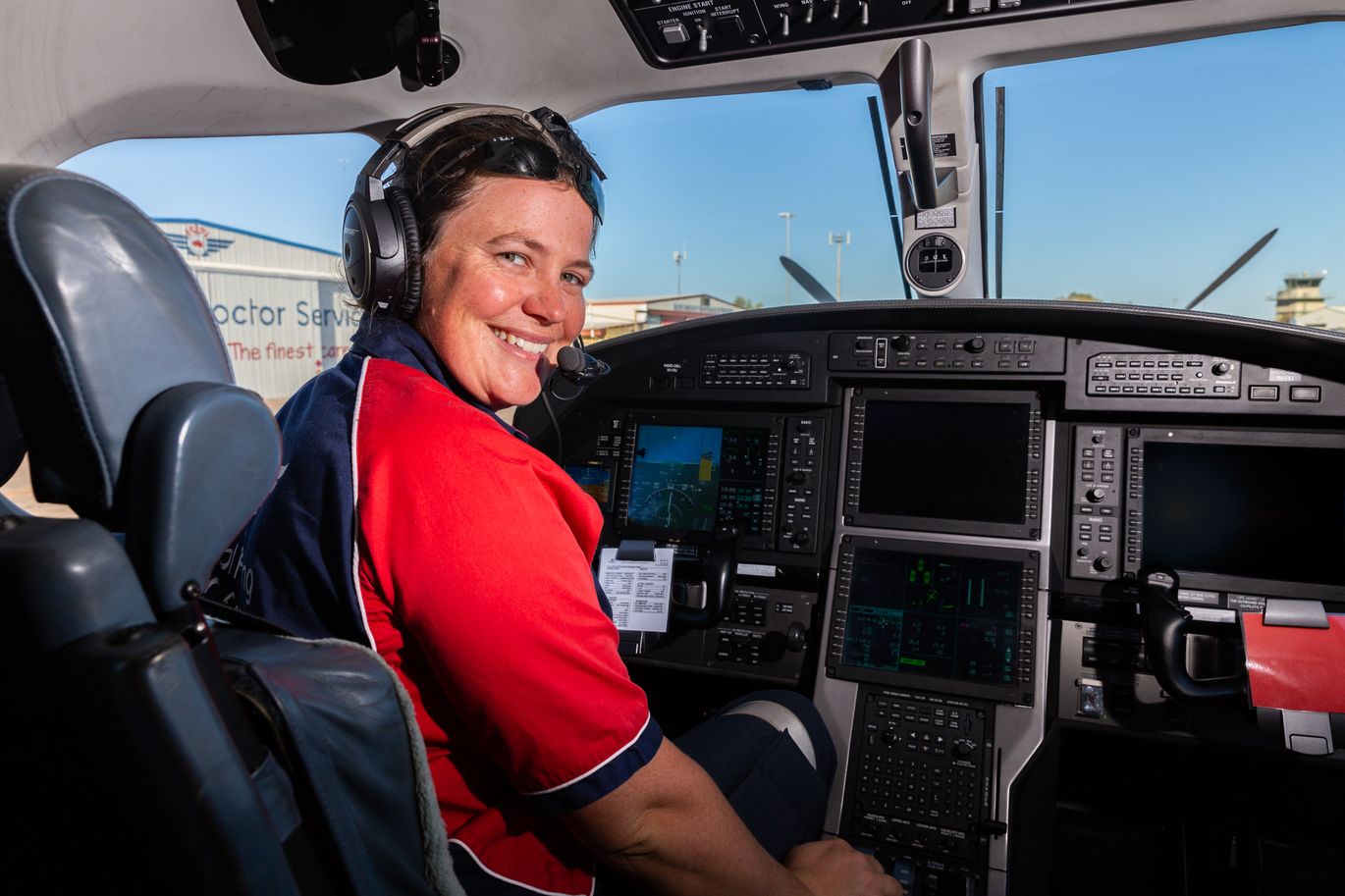
Heather Ford – Pilot/Training & Checking Coordinator, Adelaide Base
“I know celebrating five female pilots in RFDS SA/NT may sound cheesy or corny, however it is a major achievement for the organisation to be proud of. Aviation can be quite challenging, especially as there have been a lot of opinions and behaviours formed in the 60s and 70s. These industry norms have slowly changed over my career in aviation, and I look forward to seeing it completely change in the not-to-distant future… Given that the industry figure worldwide is approximately five to six per cent, we are a minority. It is essential to promote the number of lady pilots that the RFDS has, for many reasons, but my main one is so that the young girls can see they can be pilots, astronauts, engineers, doctors and they can start imagining themselves in those positions and make it a reality.”
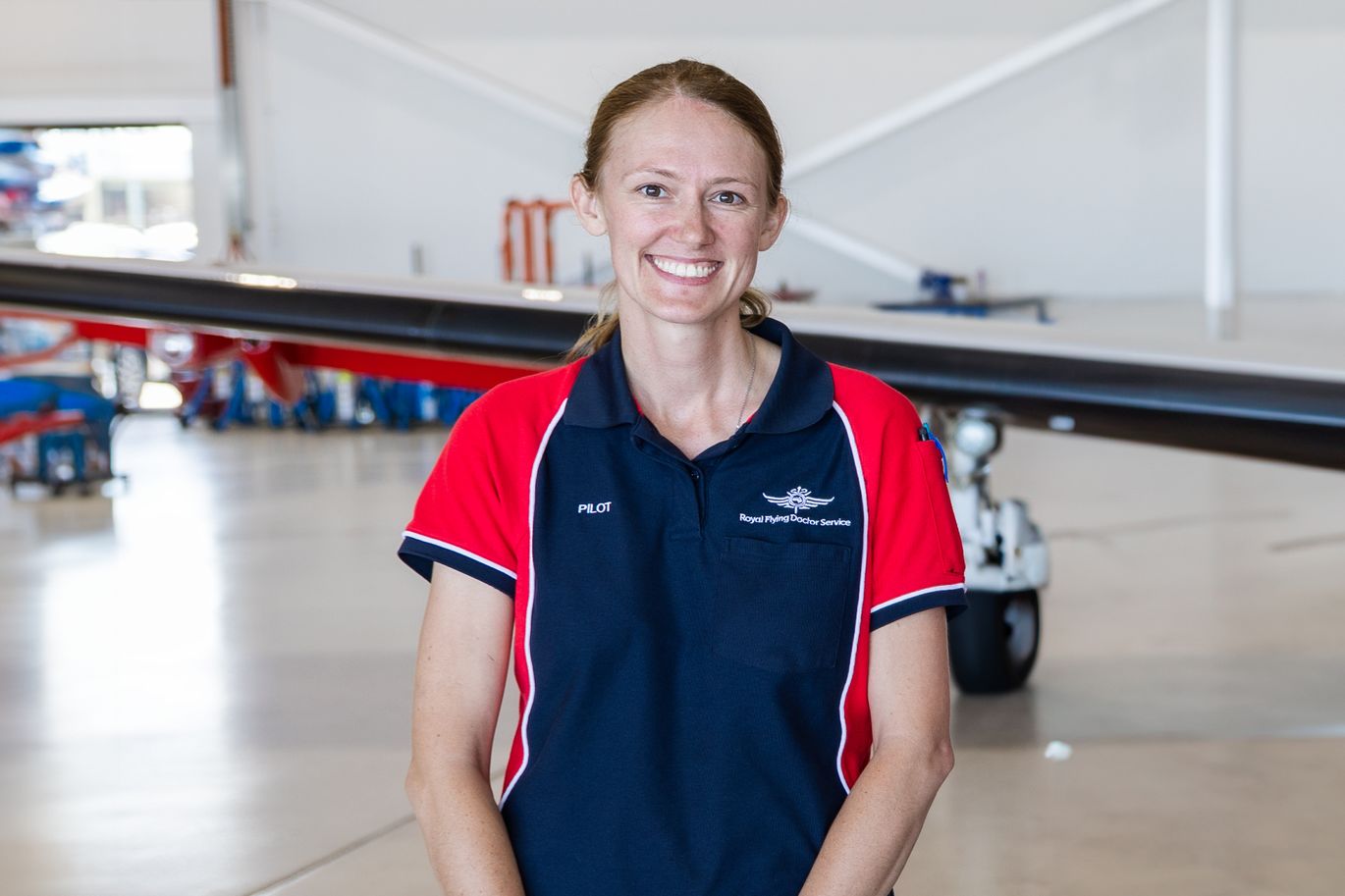
Jessica Dettmer – Pilot, Adelaide Base
“It’s been my childhood dream to come work for the RFDS and I am extremely grateful to now work along such dedicated, knowledgeable, and experienced flight and medical crews. Digging into the aeromedical side has been a fresh yet rewarding challenge for me and I enjoy how every day is something new. I also love the balance of living in the city, but still having chance to venture outback. Each day I am part of a team to improve care and enhance the lives of those who need it most, and that’s incredibly fulfilling.”
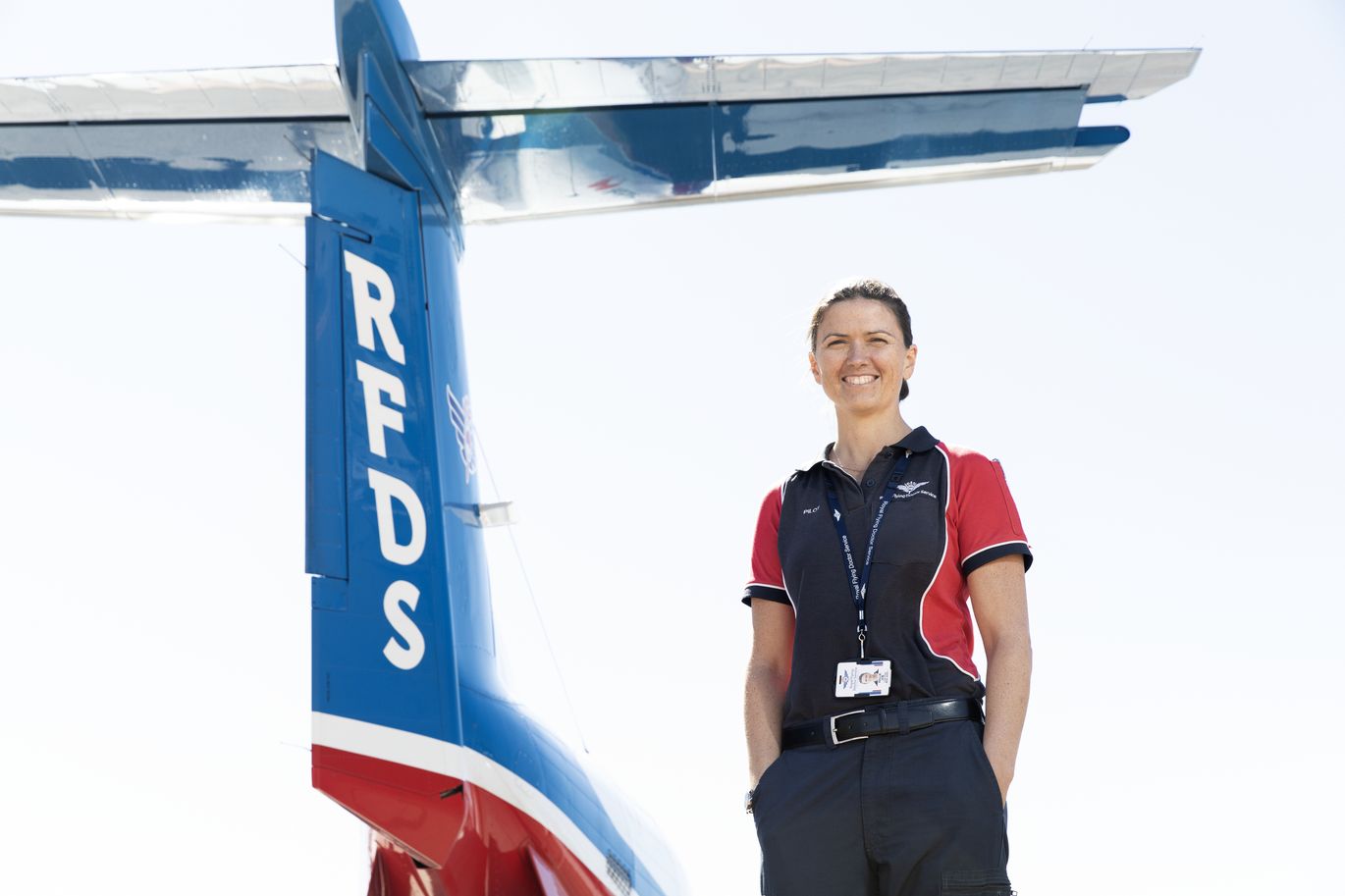
Kellie Job – Pilot, Alice Springs Base
“I’ve been an aeromedical pilot for six years and am still privileged to be a part of people’s stories. We only see people for a small part of what in many cases is a long journey to recovery for them and their families, but being part of an amazing team that puts so much care into caring for our patients for that brief period of time to try and make their journey that little bit easier is what being a part of the RFDS means to me.”
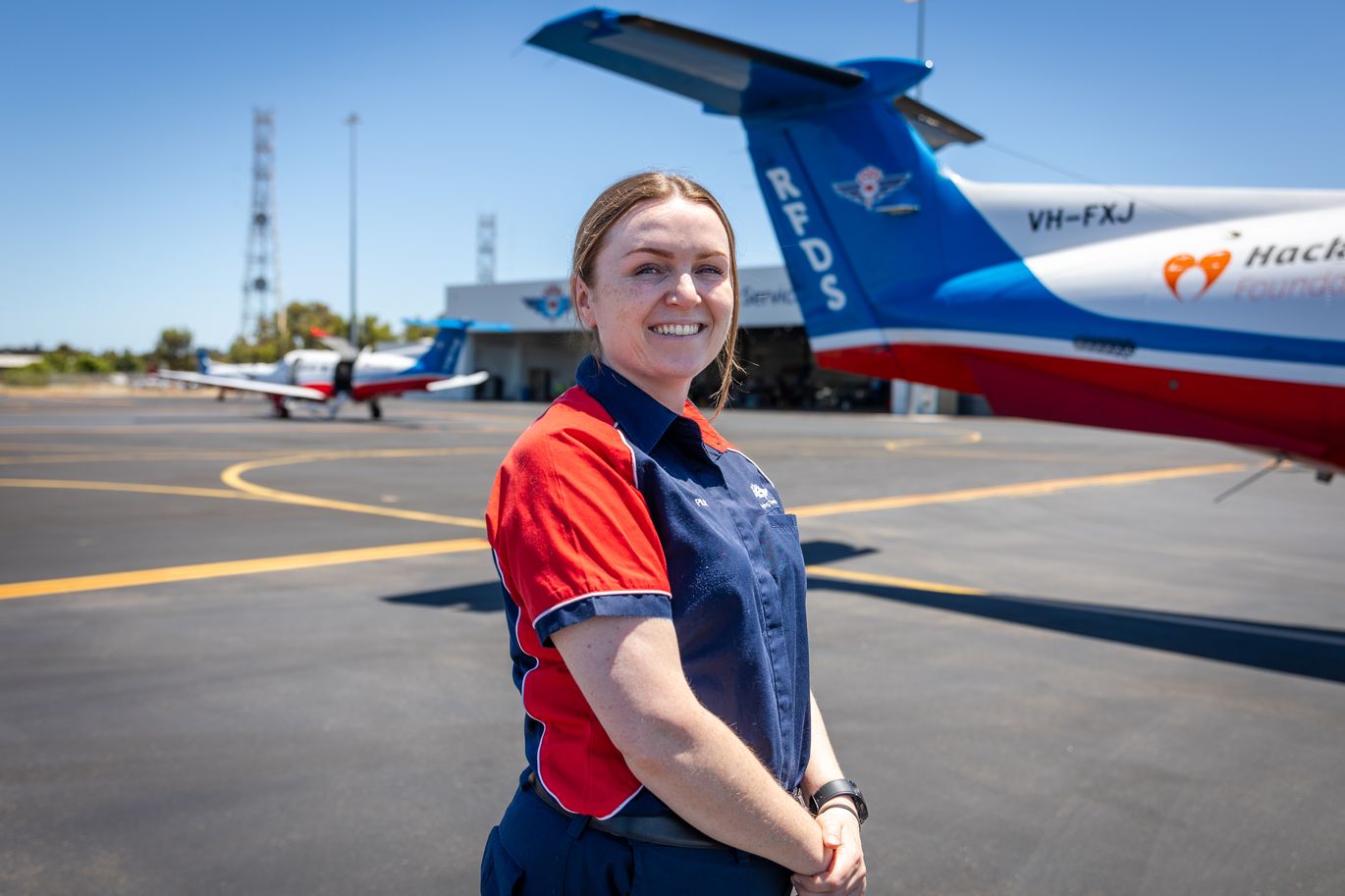
Laura Koerbin – Pilot, Adelaide Base
“Flying for the RFDS is meaningful to me as it allows me to feel deeply rewarded by the work I do every day. I’m thankful on the daily to be able to work with such a talented and like-minded team of experts, delivering 24/7 care to all corners of the state. Working for the RFDS means I am excited to come to work every day and see first-hand the impact my role can have on someone’s life. I wanted to work for the RFDS as a means of giving back to the community and it’s so rewarding and meaningful to me to be able to see that happening with every job. This is a role that pushes me to keep challenging myself, to be flexible and adaptable, and to always be learning from the people I work with. It’s my dream job and I’m very lucky to love what I do.”
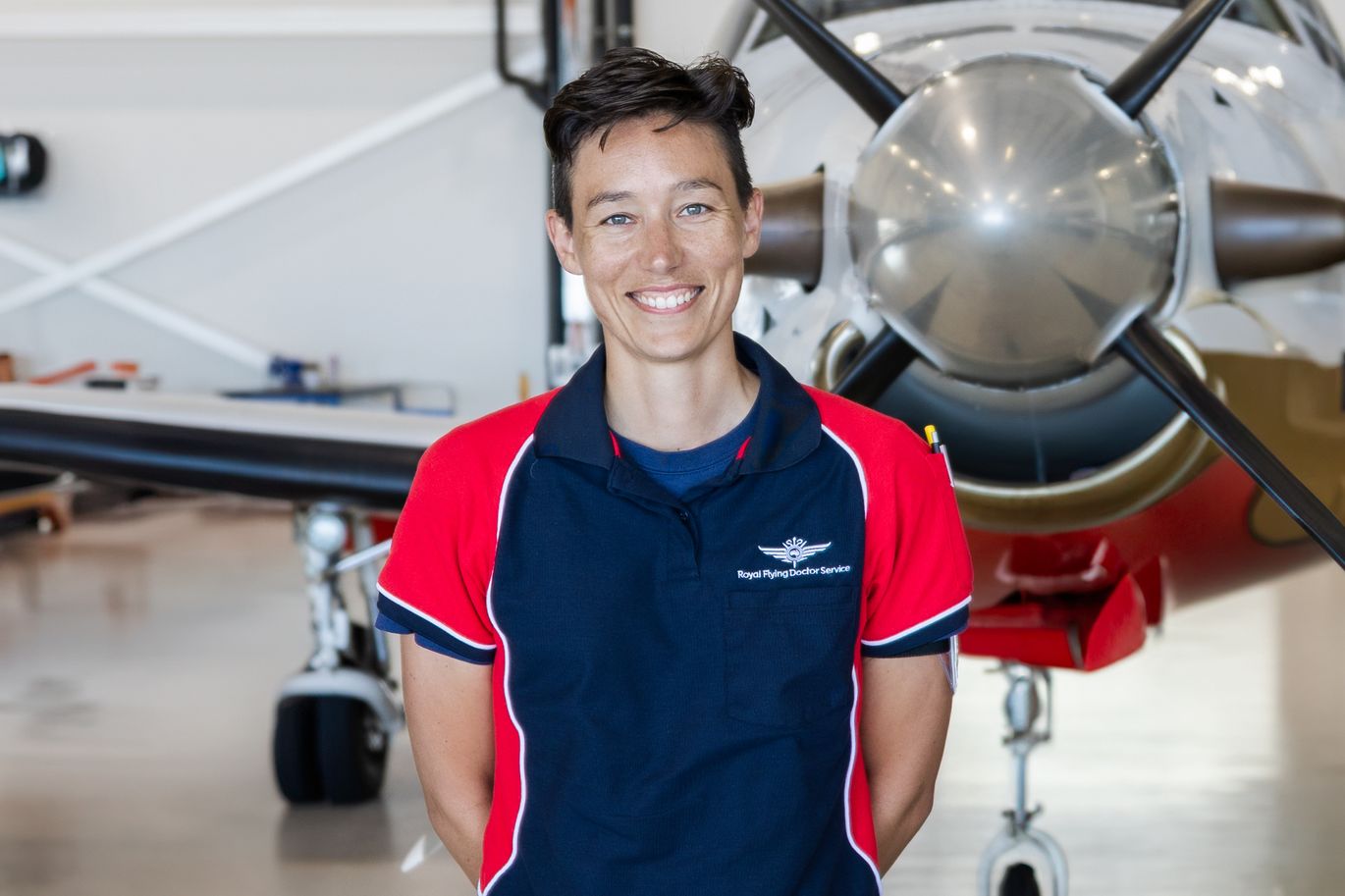
Ellie Gray – Pilot, Alice Springs Base
“I’m passionate about service to the community, especially rural and remote communities, and I love flying. The RFDS brings everything together in a strong and professional organisation, with an inspiring legacy. I’m proud to serve my community as part of the RFDS.”
Renew your ASIC card with Aviation ID today!


